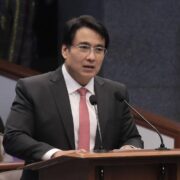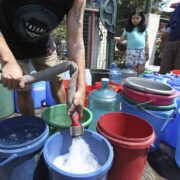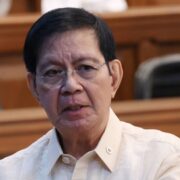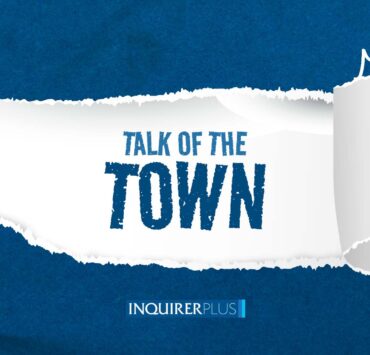The Pontius Pilate of public works
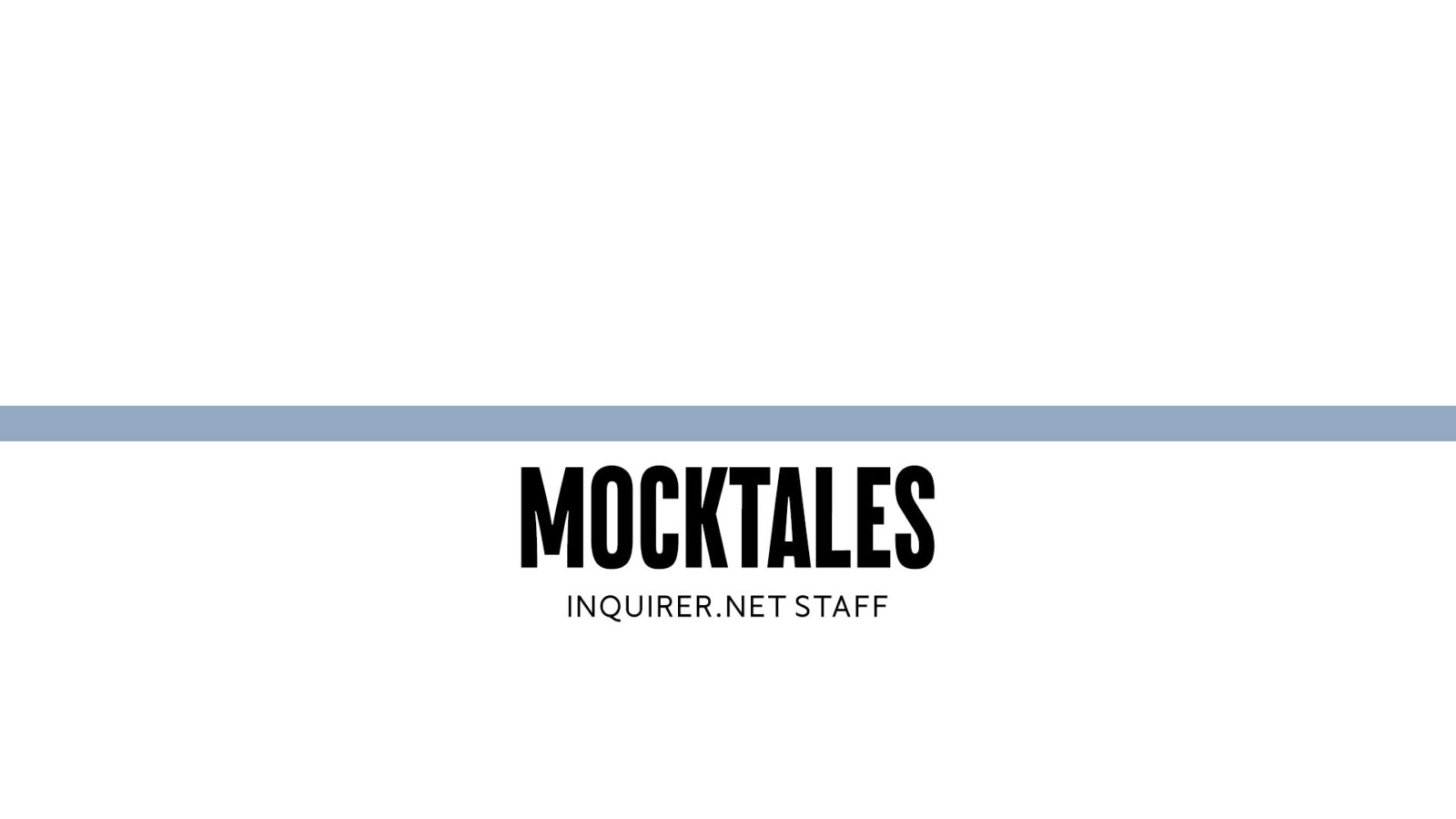
Word in government circles is that one retired big shot from the public works sector has suddenly found religion.
After years of allegedly pulling strings behind the scenes, the once-untouchable operator now seems intent on cleaning house … starting with everyone else’s.
He’s said to be working on a high-key “tell-all” that promises to expose the inner workings of the department’s so-called “mafia.” The twist? Those familiar with the draft say the list changes depending on who he’s crossed paths with lately. Curiously, though, the most powerful names, particularly those from the National Capital Region, parts of Regions 3, 4A, 4B, and 7, don’t appear anywhere in it. Talk about a glaring snub.
Sources say, however, that he won’t just target rivals but also a few of his former collaborators from the august halls of both houses of Congress to key agencies in the executive branch. Apparently, no one is safe when self-preservation meets selective memory.
In his heyday, this state witness wannabe was known as the broker of titles, the man who always knew which projects had funding and which politician needed a friendly nudge. Promotions also seemed to flow through him like clockwork, even for those who didn’t pass internal exams.
He preferred the comfort of five-star hotel suites to government conference rooms, often hosting what colleagues jokingly called his “promotion table,” complete with a roadmap of who moved where.
During the glory days, he reportedly had direct access to the previous Palace occupant, earning him the nickname “the Usec more powerful than the Secretary.” True enough, he would then approve projects, handpick contractors, and push through “innovations” that conveniently benefited his inner circle. Whispers say that when inspections uncovered irregularities, certain engineers were reminded how far Mindanao really is.
Even high-profile glow-up projects weren’t beyond this main character’s reach. Remember that white-sand wonder along Manila Bay that suddenly glistened one administration ago? Those who worked on it whisper that his approval, contractors, and bidding fingerprints were all over the process.
And then there’s Cebu, where flood control projects worth billions were greenlit under his watch. Locals still wonder how, after all those contracts and all that cement, the floods only got worse. It’s said he handpicked the regional director and kept cozy ties with every district engineer in the province.
Now, with talk swirling that he wants to rebrand himself as a whistleblower and would even return one billion pesos to the government—a pittance by his standards, the question hangs in the air: Can someone who once decided who got promoted, who got the plum projects, and who got exiled to Mindanao really become the face of reform? Everyone’s waiting for his much-teased “laundry list.” But in the halls of public works, the bigger question is this: Whose dirt will get aired and whose will quietly stay under the dolomite sand?
In this age when public trust in institutions has withered to the bone, it’s easy to mistake confession for conscience. But let’s not forget: even the dirtiest hands can point fingers.
Not every self-proclaimed whistleblower seeks truth; some are just looking for a softer landing.
—————-
feedback@inquirer.net






